
Ingredient
Nectar, mango
The Golden Elixir of Mango Nectar
Nectar, mango is a thick and smooth liquid extracted from ripe mangoes, capturing the essence of their tropical sweetness. With its golden hue and intense fruity flavor, mango nectar is a popular choice for refreshing beverages, desserts, and sauces.
Origins and history
Mangoes are believed to have originated in South Asia, with India being the birthplace of this delicious fruit. They have a rich cultural significance in many countries, symbolizing love, fertility, and prosperity. Mangoes have been cultivated for thousands of years, and their popularity has spread across the globe, making them one of the most beloved fruits worldwide.
Nutritional information
Mango nectar is a good source of vitamins A and C, as well as dietary fiber. It is also rich in antioxidants, which help protect the body against oxidative stress and inflammation. However, it is important to consume mango nectar in moderation due to its natural sugar content.
Allergens
Individuals with known allergies to mangoes should avoid consuming mango nectar, as it may trigger similar allergic reactions. Additionally, some commercially available mango nectars may contain added ingredients or preservatives that could cause allergies or sensitivities in certain individuals.
How to select
When selecting mango nectar, opt for brands that use high-quality mangoes and minimal additives. Check the ingredient list to ensure that the nectar is made primarily from mangoes without any artificial flavors or sweeteners. Look for a vibrant color and a thick consistency, indicating a higher fruit content.
Storage recommendations
To maintain the freshness and flavor of mango nectar, it is best to store it in a cool and dark place, away from direct sunlight. Once opened, refrigerate the nectar and consume it within a few days to prevent spoilage.
How to produce
Producing mango nectar requires extracting the juice from ripe mangoes and straining it to remove any fibers or solids. This can be done at home using a blender or juicer. However, for commercial production, specialized equipment and processes are employed to ensure consistent quality and shelf stability.
Preparation tips
Mango nectar can be enjoyed as a refreshing beverage on its own, or used as a base for cocktails, smoothies, and mocktails. It can also be incorporated into desserts like ice creams, sorbets, puddings, and fruit salads. Additionally, mango nectar can be used as a glaze or sauce for grilled meats, seafood, or vegetables, adding a tropical twist to savory dishes.
Culinary uses
Mango nectar is commonly used in tropical and exotic cuisines, particularly in regions where mangoes are abundant. It is a popular ingredient in Indian, Southeast Asian, and Latin American dishes, adding a touch of sweetness and tanginess to curries, chutneys, salsas, and marinades.
Availability
Mangoes are widely cultivated in tropical and subtropical regions around the world, including India, Mexico, the Philippines, Thailand, and Brazil. However, mango nectar is also exported and available in many countries where mangoes are not grown locally.
More ingredients from this category

Nectar, banana
The Golden Elixir of Bananas

Nectar, pear
The Sweet Symphony of Pear Nectar
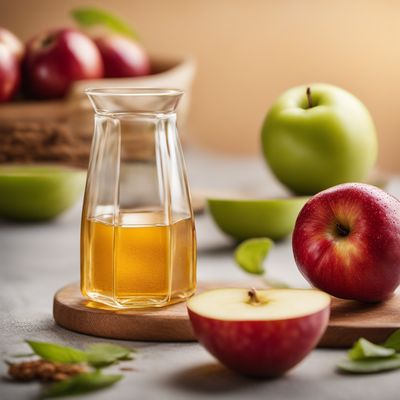
Nectar, apple
The Sweet Essence of Apple Nectar
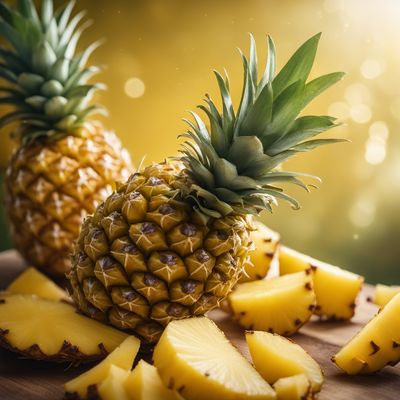
Nectar, pineapple
"Tropical Delight: Exploring the Vibrant World of Pineapple Nectar"
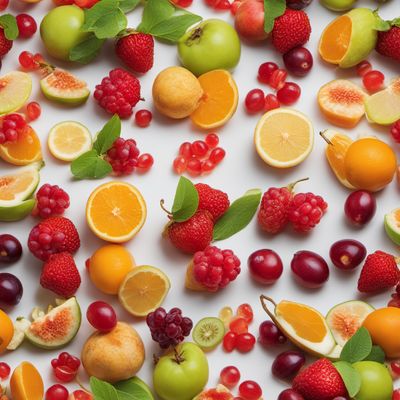
Mixed fruit nectars
A Symphony of Fruity Delights: Exploring Mixed Fruit Nectars
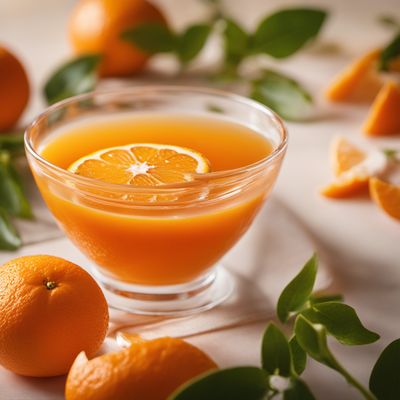
Nectar, orange
"The Citrus Elixir: Exploring the Vibrant World of Orange Nectar"
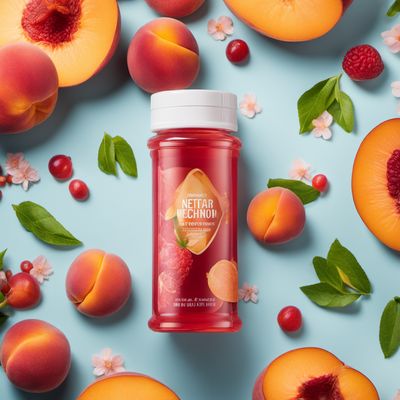
Nectar, peach
The Golden Elixir: Exploring the Sweetness of Peach Nectar
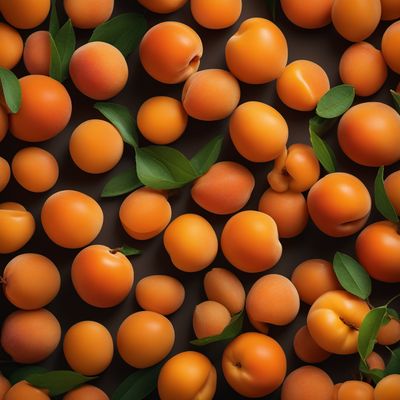
Nectar, apricot
The Golden Elixir: Unveiling the Delights of Apricot Nectar